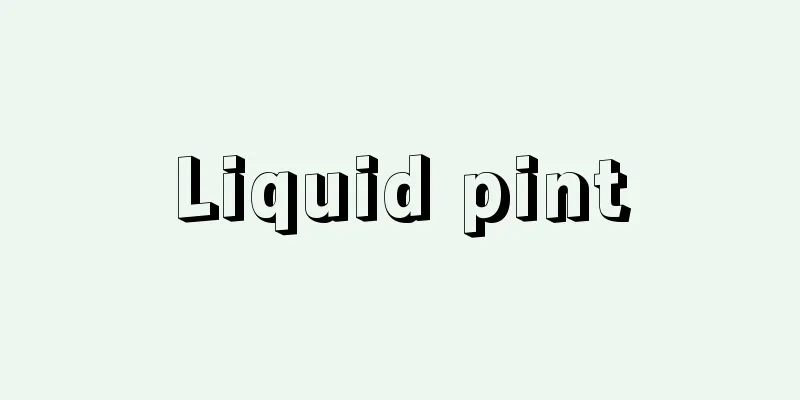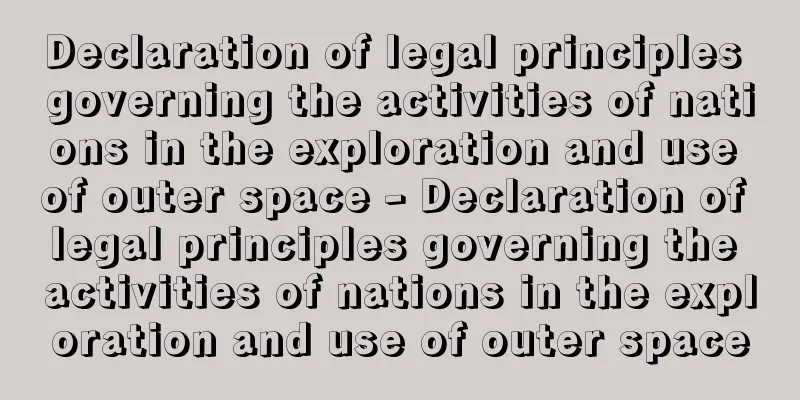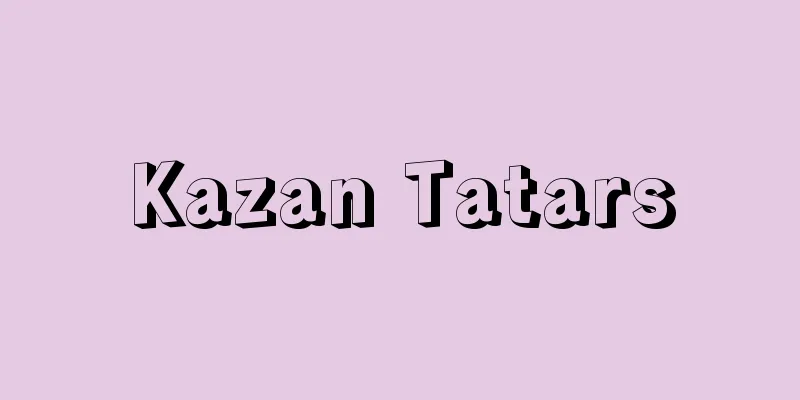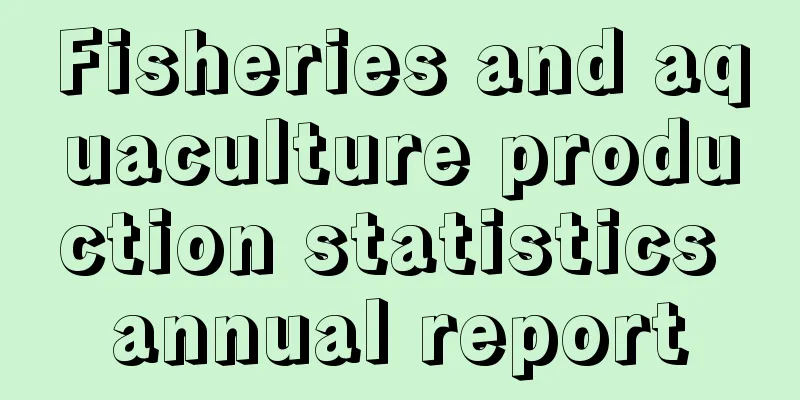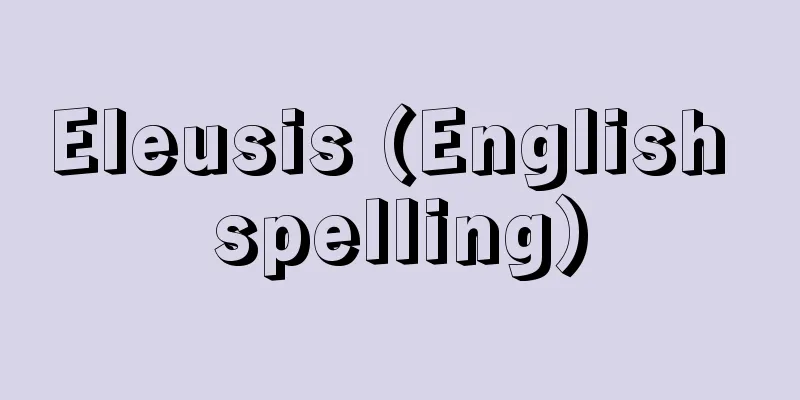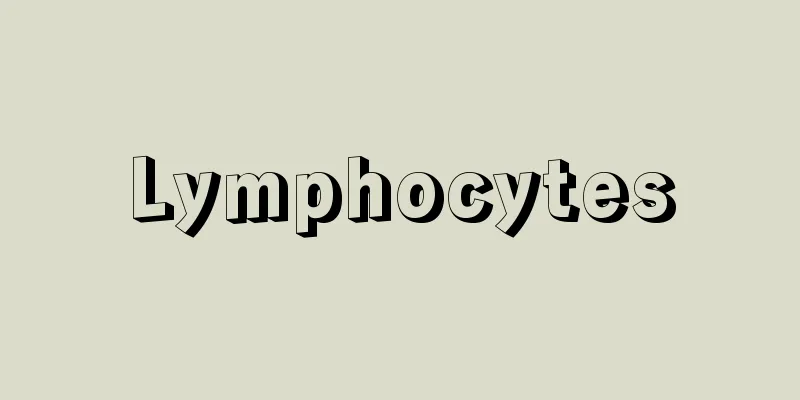Environmental standards
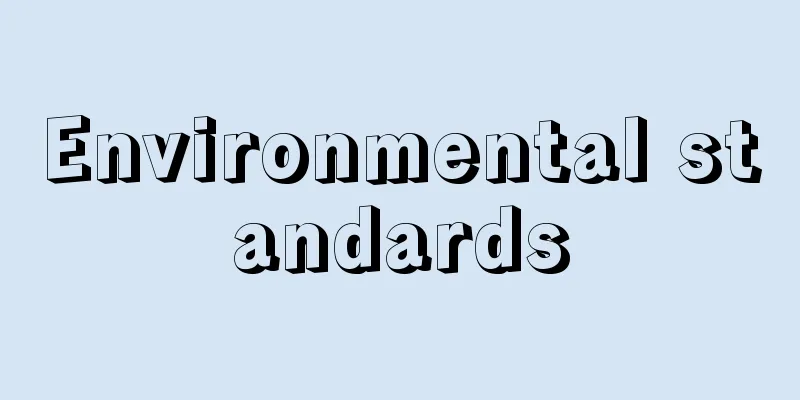
|
Environmental standards refer to the standards for environmental conditions that are desirable to maintain in order to protect human health and preserve the living environment (Article 16 of the Basic Law for the Environment). In order to achieve these standards, various measures are taken, such as emission restrictions on individual emission sources, restrictions on land use and facility installation, the development of facilities for pollution prevention, pollution prevention plans, and environmental impact assessments. Environmental standards are the goals to be achieved by environmental administration, and do not have legal effect on pollution sources in themselves, nor do they indicate the minimum level that will be harmful to human health if exceeded in relation to residents, nor do they play the role of a limit of tolerance that people must endure. However, the government is only obligated to make an effort to maintain these environmental standards by taking comprehensive, effective, and appropriate measures to prevent pollution. Environmental standards are set by Cabinet decision after deliberation by the Central Environment Council, and then by notification of the Environment Agency, but they do not take the form of laws and regulations. This is because environmental standards are merely administrative goals, regardless of the rights and obligations of the people. The environmental standards established to date concern air pollution, water pollution, noise, and soil pollution. Regarding air pollution, standards for nitrogen dioxide, carbon monoxide, suspended particulate matter, sulfur dioxide, and photochemical oxidants were established in 1973. Of these, the environmental standard for nitrogen dioxide was relaxed in 1978 from a daily average of 0.02 ppm in hourly values to 0.04-0.06 ppm. A so-called NOx (nitrogen oxides) lawsuit was filed over this, but it was turned away on the grounds that environmental standards do not define the rights and obligations of citizens and therefore are not subject to administrative litigation. In 1997, environmental standards were established for air pollution caused by benzene, trichloroethylene, and tetrachloroethylene. Regarding water pollution, standards are set separately for those related to human health and those related to the living environment. The former sets uniform standards for harmful substances such as cyanide, trichloroethylene, and alkyl ferric hydroxide across the country, while the latter sets separate standards for rivers, lakes, and oceans, depending on their intended use, for hydrogen ion concentration (pH), biochemical oxygen demand (BOD) or chemical oxygen demand (COD), suspended solids (SS), dissolved oxygen (DO), and coliform bacteria count. Environmental standards for nitrogen and phosphorus are set for lakes and certain oceans to combat eutrophication. Environmental standards for groundwater pollution were established in 1997. Standard values for noise are set according to area type and time period, with special standards set for areas facing roads. Special standards exist for aircraft noise and Shinkansen noise. Environmental standards for soil were established in 1991 and cover 25 items, including cadmium, cyanide, and organic phosphorus, in principle for all soils, including agricultural land. The Law Concerning Special Measures for Dioxins, enacted in July 1999, established environmental standards for dioxins in the air, water, and soil. [Yasuhito Abe] [Reference items] | | | | | | | | | | | | | | | | | | | | | | |Source: Shogakukan Encyclopedia Nipponica About Encyclopedia Nipponica Information | Legend |
|
人の健康を保護し、また生活環境を保全するうえで維持されることが望ましい環境上の条件についての基準(環境基本法16条)をいう。この基準を達成するために、個々の排出源に対する排出規制、土地利用及び施設の設置に関する規制、公害防止に関する施設の整備、公害防止計画、環境影響評価(環境アセスメント)など各種の施策が講じられる。環境基準は、こうした環境行政の到達すべき目標であって、それ自体として公害発生源に対して法律的効果をもつものでもないし、また、住民との関係でも、この基準を超えると人の健康に有害になるといった最低限度を示すものでもないし、この限度まではがまんしなければならないという受忍限度の役割を果たすものでもない。ただ、公害の防止に関する施策を総合的かつ有効適切に講ずることによって、この環境基準を確保する努力義務を政府が負うにとどまる。環境基準の設定は中央環境審議会の審議を経て閣議決定されたのち、環境庁告示によりなされるが、法令の形式はとらない。環境基準は、国民の権利義務に関係なく単に行政の目標に過ぎないためである。 現在までに設定された環境基準は、大気汚染、水質汚濁、騒音、土壌汚染に関するものである。大気汚染については、二酸化窒素、一酸化炭素、浮遊粒子状物質状物質、二酸化硫黄(いおう)、光化学オキシダントに関する基準が1973年(昭和48)に設定された。このうち二酸化窒素に係る環境基準は、1978年に1時間値の1日平均値0.02ppmが、0.04~0.06ppmに緩和された。これについてはいわゆるNOx(窒素酸化物)訴訟が提起されたが、環境基準は国民の権利義務を定めるものではないから行政訴訟の対象にならないとして門前払いとなった。1997年(平成9)にはベンゼン、トリクロロエチレンおよびテトラクロロエチレンによる大気汚染に係る環境基準が設定された。水質汚濁については、人の健康に係るものと生活環境に係るものとに分けて定められている。前者はシアン、トリクロロエチレン、アルキル水鉄など有害物質の基準が全国一律であるが、後者は河川、湖沼、海域について、それぞれ利用目的に応じて、水素イオン濃度(pH)、生物化学的酸素要求量(BOD)ないし化学的酸素要求量(COD)、浮遊物質量(SS)、溶存酸素量(DO)、大腸菌群数の基準が別々に定められている。窒素、リンの環境基準は富栄養化に対応するために湖沼と一定の海域について設定されている。1997年には地下水の水質汚濁に関する環境基準が設定された。騒音については、地域類型別、時間帯別に基準値が当てはめられており、道路に面する地域については特別の基準が設定されている。航空機騒音と新幹線騒音については特別の基準がある。土壌の環境基準は1991年に設定され、原則として農用地を含むすべての土壌を対象に、カドミウム、シアン、有機リンなど25項目がある。1999年7月に成立したダイオキシン類対策特別措置法により、ダイオキシンについての環境基準が大気、水、土壌について設けられた。 [阿部泰隆] [参照項目] | | | | | | | | | | | | | | | | | | | | | | |出典 小学館 日本大百科全書(ニッポニカ)日本大百科全書(ニッポニカ)について 情報 | 凡例 |
<<: Basic Law on the Environment
Recommend
Iwatsu Matsudaira
...At this time, branch families such as Okazaki ...
Hepatomegaly
Concept Hepatomegaly is a condition in which the l...
Catalaunum - Catalaunum
…the decisive battle between Attila's Hun arm...
Oh Admirable - Oh Admirable
...It is made by dissolving 3-5% of citron-based ...
Dark current - andenryu (English spelling) dark current
When a voltage is applied to an electrical element...
Conjugation word - Hogougo
It is a language with a structure in which one wo...
Busbecq, OGde (English spelling) BusbecqOGde
… [Nakajikazu] [history] The name tulip is said t...
Schwartz, Laurent
Born: March 5, 1915, Paris [Died] July 4, 2002. Pa...
Magnolia officinalis (English spelling)
…[Kunihiko Ueda]. … *Some of the terminology that...
dry mat
…Usually, a material called a stencil paper is pl...
Aloe dichotoma - Aloe dichotoma
… They can be roughly divided into two groups: st...
Book of Filial Piety
A Confucian classic that discusses the way of fil...
montes pietatis (English spelling) montespietatis
…However, these types of popular finance were gen...
Iwamoto Sashichi
...A series of books from the end of the Edo peri...
Dezhnyov, SI (English spelling) DezhnyovSI
...The cape, with its highest point of 741m, drop...
